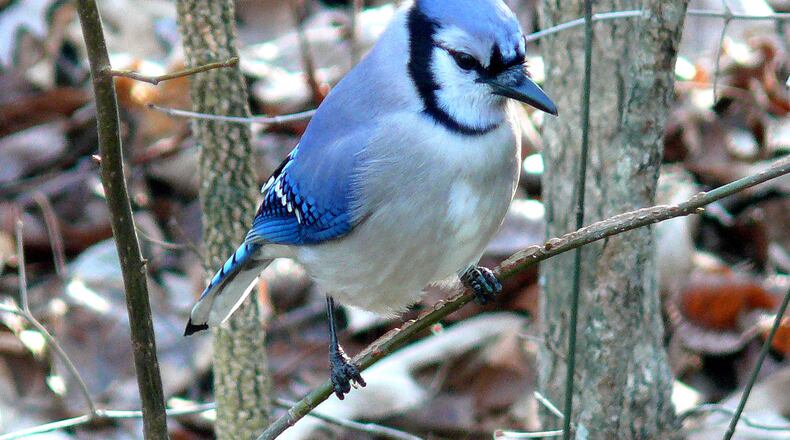At our home on the outskirts of Decatur, several stately white oak trees grace our backyard. Their presence and the wildlife they attract bring us joy and fascination all year long.
Probably not everyone, though, feels that way about oak trees. But oaks, which belong to the Quercus genus, support more wild creatures — from moths to black bears — than any other North American tree genus.
Statewide, Georgia has more than 30 native oak species. Some are common; some are rare. All of them, however, are invaluable for wildlife and the environment. That’s particularly true for the white oak (Quercus alba), the most abundant oak in North Georgia.
Research at the University of Delaware shows that a mature white oak may nourish hundreds of species of moth and butterfly caterpillars and other insect larvae that, in turn, become critical food for countless baby birds. Its acorns are vital winter food for dozens of bird species, rodents, black bears, white-tailed deer, opossums, raccoons, squirrels and many others. In lean acorn production years, untold numbers of those creatures may starve to death.
Now, after reading the new book “The Nature of Oaks: The Rich Ecology of Our Most Essential Native Trees,” by long-term University of Delaware entomologist Douglas W. Tallamy, I appreciate more than ever oak trees and the creatures that need them for survival.
“There is much more going on in your yard that would not be going on if you didn’t have one or more oak trees,” Tallamy writes.
He notes, for instance, that a white oak during its lifetime — 200-300 years or longer — may drop up to 3 million acorns. One of the creatures heavily dependent on them is the blue jay, which may bury as many as 4,500 acorns — one by one — each fall to be retrieved and eaten later. The bird may fly as far as a mile away from the parent tree to bury the nuts.
Because the jay doesn’t remember where it buries every acorn — or the bird may get eaten by a predator — many acorns remain to sprout the next spring. The bird’s instinctual need to store food means thousands of acorns are dispersed over a wide area.
So, the white oaks in my backyard may well have been planted by blue jays.
IN THE SKY: From David Dundee, Tellus Science Museum astronomer: The moon will be last quarter Saturday night. Saturn, Jupiter and Venus (high) are in the west at dark.
Charles Seabrook can be reached at charles.seabrook@yahoo.com.
About the Author
Keep Reading
The Latest
Featured


